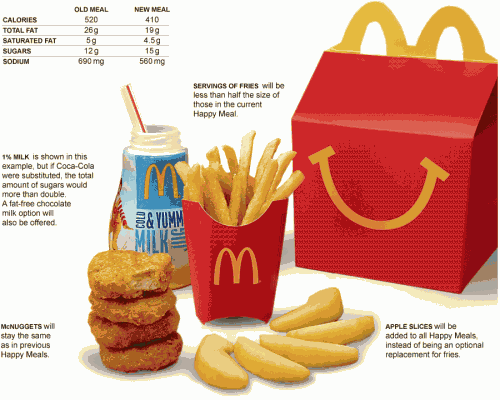Where did the 2,000 calorie diet idea come from?
I’m in the midst of working on the copy-edited manuscript of my forthcoming book with Malden Nesheim Why Calories Count: From Science to Politics (University of California Press, March 2012) and spending every minute I have on it. So I’m going to take some shortcuts on the blog this week and deal with some questions I’ve been asked recently.
One is right on the topic of the book:
Q. Could you address the 2,000 calorie a day number (both its history and speculate on how an individual can arrive at a more personalized amount)? Short of metabolic testing (and I read conflicting opinions on that, too), it seems rather difficult to figure out how much I should be eating.
A. Nothing could be easier, and here’s a preview of the kind of thing that will be in this book (with footnotes, of course):
If you look at a food label, you will see ingredient contents compared to a 2,000-calorie average diet: “Percent Daily Values are based on a 2,000 calorie diet. Your daily values may be higher or lower depending on your calorie needs.”
Here’s the history of where that came from:
The FDA wanted consumers to be able to compare the amounts of saturated fat and sodium to the maximum amounts recommended for a day’s intake—the Daily Values. Because the allowable limits would vary according to the number of calories consumed, the FDA needed benchmarks for average calorie consumption, even though calorie requirements vary according to body size and other individual characteristics.
From USDA food consumption surveys of that era, the FDA knew that women typically reported consuming 1,600 to 2,200 calories a day, men 2,000 to 3,000, and children 1,800 to 2,500. But stating ranges on food labels would take up too much space and did not seem particularly helpful. The FDA proposed using a single standard of daily calorie intake—2,350 calories per day, based on USDA survey data. The agency requested public comments on this proposal and on alternative figures: 2,000, 2,300, and 2,400 calories per day.
Despite the observable fact that 2,350 calories per day is below the average requirements for either men or women obtained from doubly labeled water experiments, most of the people who responded to the comments judged the proposed benchmark too high. Nutrition educators worried that it would encourage overconsumption, be irrelevant to women who consume fewer calories, and permit overstatement of acceptable levels of “eat less” nutrients such as saturated fat and sodium. Instead, they proposed 2,000 calories as:
- consistent with widely used food plans
- close to the calorie requirements for postmenopausal women, the population group most prone to weight gain
- a reasonably rounded-down value from 2,350 calories
- easier to use than 2,350 and, therefore, a better tool for nutrition education
Whether a rounding down of nearly 20 percent is reasonable or not, the FDA ultimately viewed these arguments as persuasive. It agreed that 2,000 calories per day would be more likely to make it clear that people needed to tailor dietary recommendations to their own diets. The FDA wanted people to understand that they must adjust calorie intake according to age, sex, activity, and life stage. It addressed the adjustment problem by requiring the percent Daily Value footnote on food labels for diets of 2,000 and 2,500 calories per day, the range of average values reported in dietary intake surveys.
As to how many calories you personally need, I think they are too difficult for most people to count accurately to bother. The bottom line: If you are eating too many, you will be gaining weight.
The best advice I can give is to get a scale and use it. If your weight starts creeping up, you have to eat less.
The book will go into far more explanation of such issues but for that you will have to wait until March.



